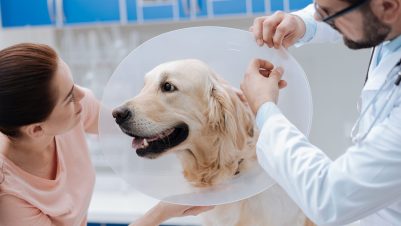Sugars, or carbohydrates, are the most abundant class of organic compounds found in living organisms. There are two major subfamilies: the simple sugars (monosaccharides) and the complex sugars (oligosaccharides composed of 2 to 10 monosaccharides and polysaccharides composed of more than 10 monosaccharides).
Sugars have mainly been known for their role in providing and storing energy, but they have far more varied functions, particularly with regards to the skin. They are widely involved in cell signalling associated with the modulation of inflammation and play an important role in microbial adherence, colonisation and biofilm formation (Lloyd et al., 2007).
Glycotechnology encompasses the further exploration of these roles and how similar exogenous carbohydrates can be utilised in topical therapies to help control cutaneous infection and inflammation.
The role of sugars in surface microbe-host interactions
The skin is constantly exposed to potential pathogens but often these only pose a threat when the structure and/ or function of the epidermal barrier is compromised. Skin infection results when microbes adhere to host skin cells, proliferate and produce virulence factors.
They achieve this using lectins – glycoprotein structures expressed on their cell wall or cell membrane pili that can recognise and bind to skin sugars – which are abundant on animal cell surfaces. Microbes also harbour surface carbohydrates, which promotes intracellular adhesion and therefore the formation of biofilms.
Due to the importance of sugars in microbial adherence, a promising approach in dermatology is to use exogenous carbohydrates, which mimic the naturally occurring ones. Instead of binding to the host cell, the microbial lectins recognise and bind to these exogenous carbohydrates, thus saturating binding sites and rendering them unable to adhere to host skin cells. In vitro studies have been published that demonstrate that specific saccharides can effectively inhibit and reduce microbial adhesion (eg Bond and Lloyd, 1998; McEwan et al., 2005).
The role of skin sugars in surface immunity
Keratinocytes can become activated by exogenous factors, for example infections, irritants and allergens, and/or endogenous stimuli, such as cytokines released from the immune system. Once activated, these keratinocytes release a wide panel of cytokines such as interleukin-1 (IL-1) and tumour necrosis factor alpha (TNF-α), which initiate the inflammatory cascade. Cytokines possess both a receptor binding domain and a carbohydrate binding domain, the latter of which is a lectin and recognises specific sugars.
This interaction is essential for producing the immune signal, so blocking the carbohydrate binding domain with exogenous sugars results in reduced pro-inflammatory cytokine stimulation. An in vitro study evaluating the modulation of canine keratinocyte activation (Ibisch et al., 2001) demonstrated a greater inhibitory effect on the release of TNF-α in the L-rhamnose solution (a 75 percent decrease) compared with a dexamethasone solution (a 56 percent decrease).
In summary, the use of specific exogenous sugars can provide anti-adhesive and immunomodulatory benefits, thus aiding in the management of cutaneous infection and inflammation. Utilising glycotechnology in topical formulations such as shampoos and ear cleaners represents an innovative and useful addition to the armoury of dermatology therapies.











